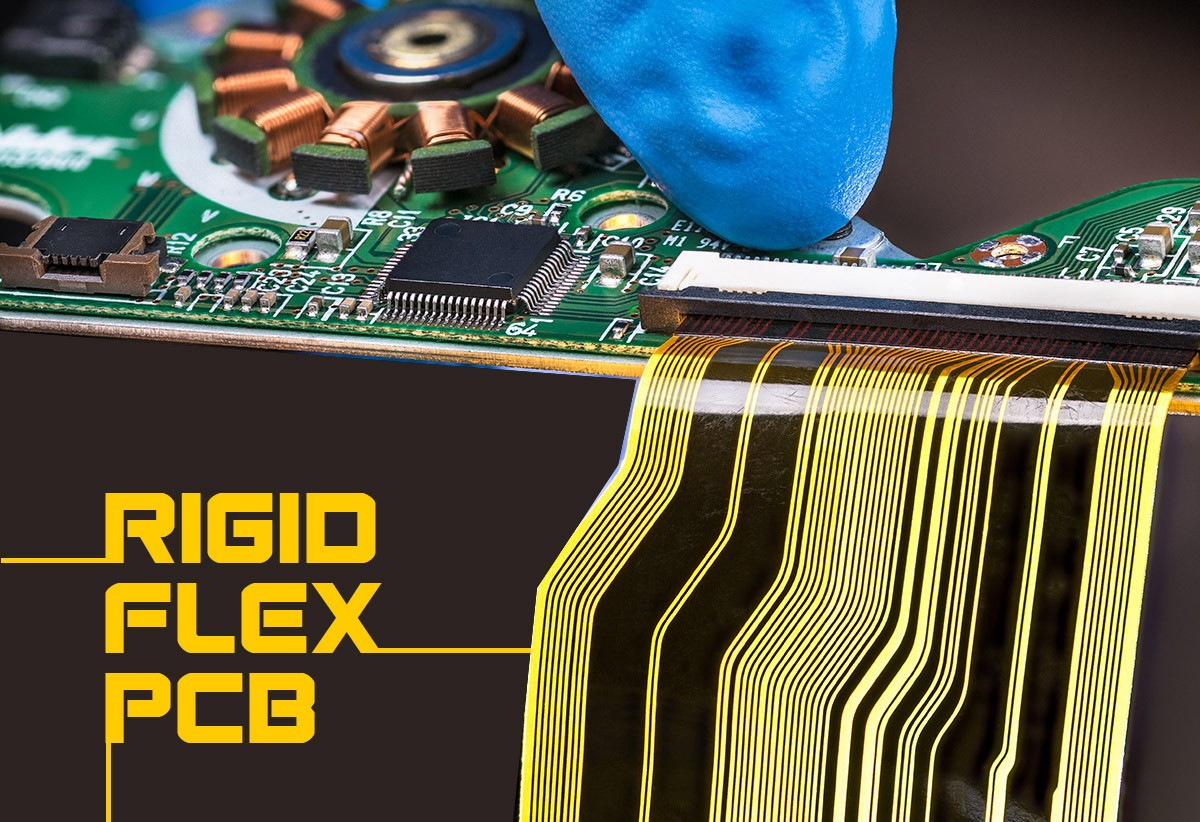

Today, let’s learn about other reasons of the high costs of Rigid-Flex PCB.
The high cost of rigid-flex PCB is not only due to material selection but also the complex manufacturing process. Another high-cost factor in rigid-flex manufacturing is the flexible copper-clad laminates. There are various types of flexible laminates on the global market, including polyester, PEN, polyimide, and even paper. Among these materials, some are made by adhesive systems that bond copper layers to the base film, while others are not. To improve production efficiency, manufacturers almost exclusively use non-adhesive polyimide-based laminates, which are typically the most expensive type of flexible laminate. Additionally, controlled impedance designs often require thicker polyamide films to ensure the proper functioning of impedance circuits, and these special materials are much more costly than conventional materials.
The manufacturing of rigid-flex PCB also involves incorporating flexible boards into separate components, which are then assembled into the final PCB. This process adds extra processing steps and manufacturing complexity, further increasing costs.
In the next article, we will discuss the last factor contributing to the high cost of rigid-flex PCB.